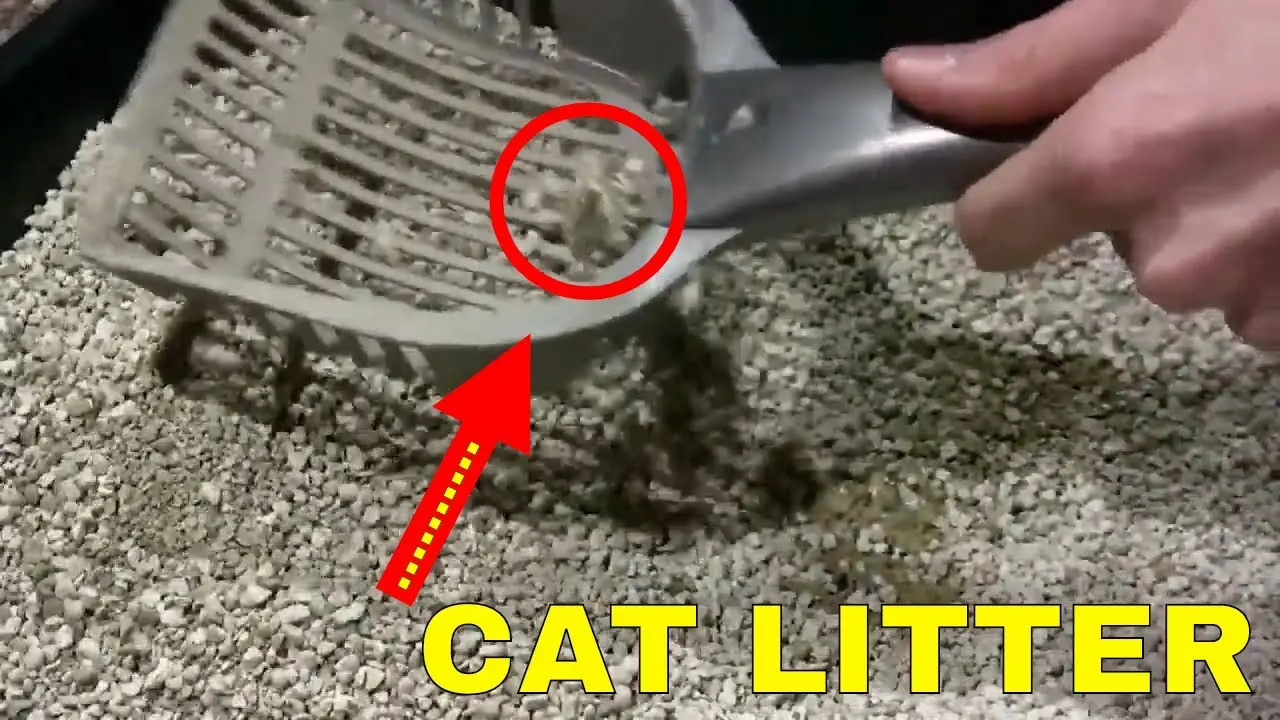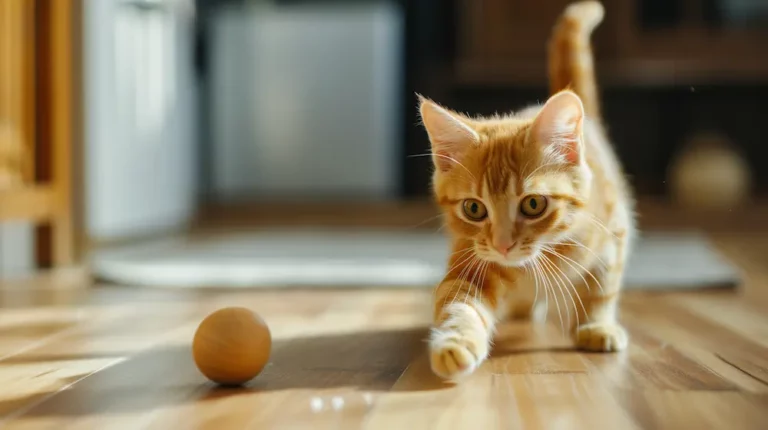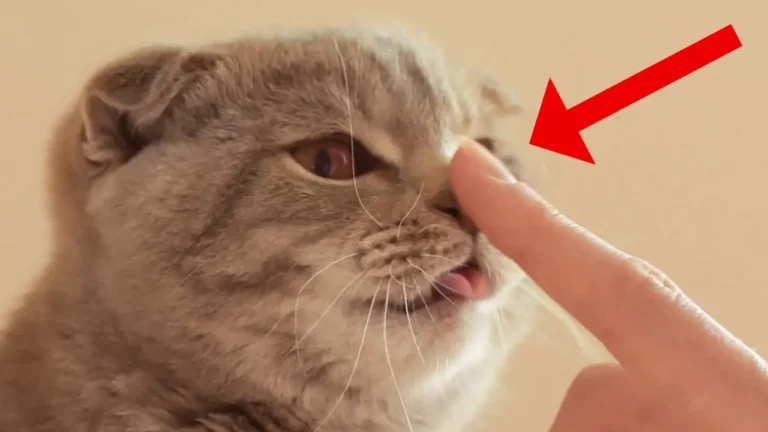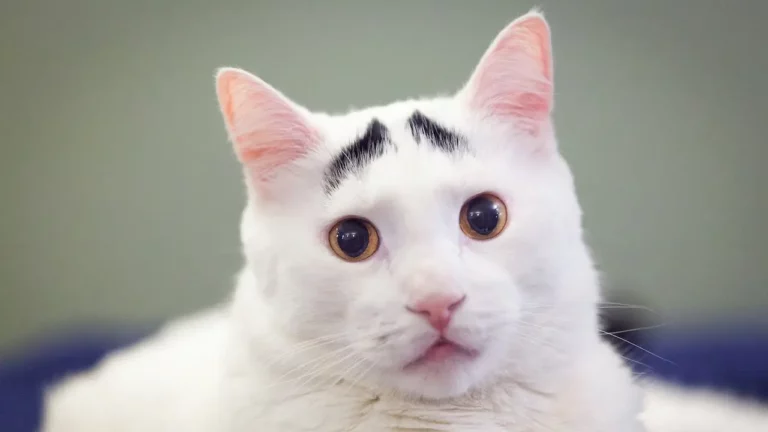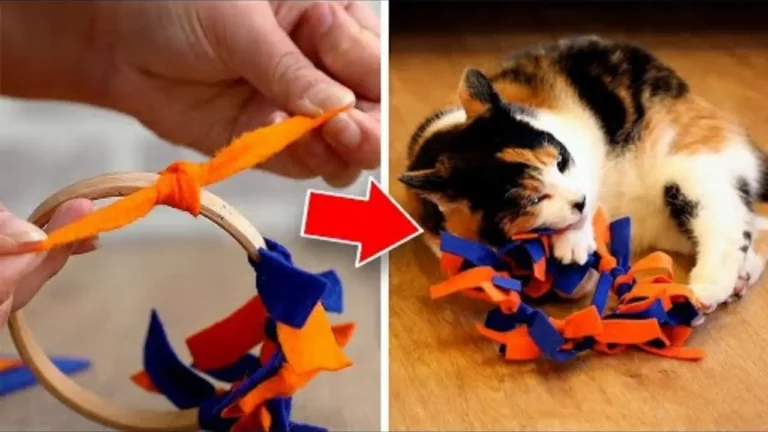Top 10 Cat Hacks Every Cat Owner NEEDS to Know
As a seasoned
From tackling the nuisance of hairballs with simple dietary tweaks to finding the perfect scratching post to save your furniture, these tips can truly transform your daily routine with your beloved
But what about those unexpected challenges like litter box issues or keeping your house
I’ve got practical solutions for those too. Stick around to uncover these tried-and-true strategies that every
Hairball Management
Managing your
First, regular grooming plays an important role. I brush my
This helps minimize hairballs greatly. Using a good quality brush or comb designed for your
Secondly, I make sure my
You can also find specialized
Hydration is another essential factor. I always make sure my
Cats can be picky drinkers, so I invested in a cat water fountain, which encourages her to drink more.
Lastly, I keep an eye out for any signs of frequent hairballs, like coughing or gagging, and consult the vet if needed.
Sometimes, hairballs can indicate underlying health issues.
Scratching Post Solutions
When it comes to preventing your
Cats need to scratch to maintain their claws and mark their territory, so offering them a suitable alternative can save your sofa and sanity.
First, consider the material.
Sisal fabric is a great choice because it’s durable and satisfying for cats to scratch.
Avoid carpeted posts, as they can confuse cats about what’s scratchable and what’s not.
Next, think about the height and stability of the scratching post. It should be tall enough for your
A wobbly post won’t do; it needs to be sturdy to withstand vigorous scratching sessions. If your
Location is key. Place the scratching post in an area where your
This makes it convenient for them to use the post instead.
With these tips, you’ll protect your furniture and give your
Litter Box Hacks
Keeping a clean and odor-free litter box can be a game-changer for both you and your
First, consider using a high-quality, clumping litter. It makes scooping easier and helps control odors.
I’ve found that unscented litters can be just as effective, and they’re usually more acceptable to cats’ sensitive noses.
Another tip is to scoop the litter box daily. It might seem like an important task, but it prevents buildup and keeps your
Make it part of your routine, perhaps in the morning or evening, to ensure consistency.
Also, completely change out the litter and clean the box with mild soap and water every few weeks.
This helps remove any lingering odors and bacteria.
Placement of the litter box is significant too.
Choose a quiet, low-traffic area in your home where your
Avoid placing it near their food and water bowls, as cats prefer to keep their eating and bathroom areas separate.
Additionally, consider using a litter mat outside the box to catch stray litter and reduce mess.
Lastly, if you have multiple cats, provide one litter box per
This prevents territorial issues and ensures everyone has a clean spot to go. Remember, a little effort goes a long way in keeping your
Cat-Proofing Your Home
Creating a safe environment for your
First, secure loose wires and cords.
Cats love to chew, and electrical cords can be dangerous. Use cord protectors or tape them along the walls to keep them out of reach.
Next, make certain that small objects, like rubber bands and paper clips, are stored away.
These can be tempting for cats to play with but can cause choking or digestive issues if swallowed.
Invest in childproof latches for cabinets, especially those containing cleaning supplies or medications, to prevent accidental ingestion.
Make sure windows and balconies are secure.
Cats are naturally curious and might try to explore these areas. Install sturdy screens or use window guards to prevent falls.
Additionally, avoid using toxic plants as home decor.
Some common houseplants like lilies and poinsettias can be toxic to cats. Opt for cat-safe plants like spider plants or Boston ferns instead.
Lastly, create a designated space for your
This not only gives your
DIY Cat Toys
Making your own
All you need is a wooden dowel, some string, and a few feathers.
Simply tie the feathers to one end of the string and the other end to the dowel. Your
Another easy project is the cardboard box maze. Gather a few cardboard boxes and cut holes in the sides large enough for your
Arrange the boxes in a maze-like structure, and watch your
Sock toys are also a hit in my household.
Take an old sock, fill it with catnip or crinkly paper, and sew or tie the end closed.
My
Creating these toys not only saves money but also gives me a sense of satisfaction knowing I’ve made something special for my beloved companion.
Plus, it’s a great way to bond with my
Stress Reduction Tips
Ever wonder how to help your
One effective method is creating a safe space.
A cozy corner with a soft bed, maybe a few of their favorite toys, can make a big difference. Cats often feel more secure in a small, enclosed area where they can retreat when feeling overwhelmed.
Another tip is to use pheromone diffusers.
These devices release synthetic
Routine is also essential.
Cats thrive on consistency, so try to maintain a regular schedule for playtime, cuddles, and any other interactions. This predictability can greatly reduce their stress levels.
Lastly, be mindful of your own stress.
Cats are sensitive to human emotions, and your anxiety can affect them. If you’re calm and relaxed, your
Feeding Time Tricks
One simple trick to make feeding time easier is to use a puzzle feeder to slow down your
Puzzle feeders engage your
I’ve found that it helps reduce the risk of digestive issues like vomiting and bloating.
Another handy tip is to establish a consistent feeding schedule.
Cats are creatures of habit, and having set meal times can minimize anxiety and promote better digestion.
I feed my
If you have multiple cats, try feeding them in separate areas to prevent food guarding and ensure each
I’ve designated separate feeding spots in different rooms, which has made a noticeable difference in maintaining peace during mealtime.
Lastly, consider the type of food and bowl you’re using. Elevated bowls can help reduce strain on your
By paying attention to these details, you’ll make feeding time a more pleasant experience for both you and your
Grooming Made Easy
Maintaining your
For short-haired cats, a soft-bristle brush works wonders, while long-haired breeds benefit from a slicker brush to prevent tangles.
Brushing your
Next, make grooming sessions enjoyable for your
Choose a quiet, comfortable spot and use gentle, soothing strokes. Reward your
I found that grooming my
Bathing your
Keep the bath quick and calm, and always have a towel ready for a thorough drying afterward.
For nail trimming, opt for cat nail clippers and trim just the tips to avoid hitting the quick.
Lastly, don’t forget dental care. Regularly brushing your
By incorporating these grooming habits, you’ll guarantee a healthier, happier
Enhancing Playtime
After grooming, engaging your
For a more enriching experience, rotate their toys regularly.
Don’t let them get bored with the same old stuff. A simple feather wand or a laser pointer can work wonders, but there are many other options available.
Interactive toys that mimic the movement of prey can trigger your
Also, consider puzzle feeders that dispense treats; they challenge your
Creating vertical spaces in your home, like
Travel With Cats
Traveling with cats can be a smooth experience if you prepare properly and keep a few key tips in mind. First, invest in a sturdy carrier that offers both comfort and security for your
Make sure it’s well-ventilated and spacious enough for them to move around.
Before hitting the road, let your
When planning your trip, pack essentials like food, water, litter, and any medications your
During the journey, take regular breaks to allow your
For longer trips, consider using a pheromone spray designed to calm cats. These sprays can make the travel experience less stressful.
Lastly, always keep your
Conclusion
Taking care of your
Cat-proofing your home, creating DIY toys, and optimizing feeding times will make both you and your kitty happier.
Regular grooming, engaging playtime, and stress-free travel are also within reach.
Embrace these tips, and watch your bond with your kitty companion grow stronger every day.
